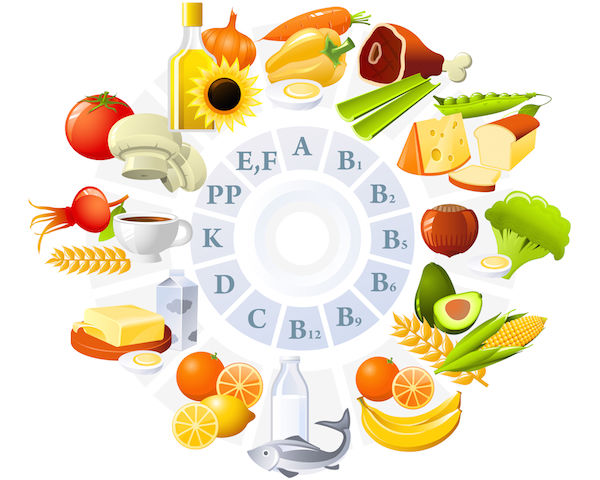
WEDNESDAY, Dec. 17, 2014 (HealthDay News) — Diets low in “glycemic index” are touted as a way to help prevent diabetes and heart disease. But a new study suggests that as long as people are eating healthily, they don’t need to obsess over glycemic index.
In fact, researchers found that overweight adults placed on a low-GI diet actually showed less sensitivity to insulin than those on a high-GI diet. Insulin is the body’s key blood-sugar-regulating hormone, and a decline in insulin sensitivity can eventually lead to type 2 diabetes.
The findings, reported online on Dec. 16 in the Journal of the American Medical Association, were unexpected, experts said. But they also called the results “good news.”
“Low-GI diets are difficult to follow,” said Dr. Frank Sacks, the lead researcher on the study and a professor of cardiovascular disease prevention at the Harvard School of Public Health.
“If you don’t have to worry about foods’ glycemic index, that makes it easier to follow a healthy diet,” Sacks said.
Glycemic index is a measure of how an individual food affects blood sugar levels. Simply put, a food with a high GI — like white bread or potatoes — causes a surge in blood sugar; a food with a low GI — many vegetables, for example — produces a more gradual change in blood sugar.
In theory, a diet lower in GI could help control body weight or lower the risk of type 2 diabetes, a condition that causes high blood sugar levels.
But, Sacks pointed out, calculating GI is no easy task. An individual food’s GI changes depending on several factors, including its processing or how it’s cooked. As an example, Sacks noted that al dente pasta has a lower GI than soft-cooked pasta.
Plus, the general notion that eating high-GI foods causes diabetes is “overly simplistic,” said Dr. Robert Eckel, a professor of medicine at the University of Colorado in Aurora.
And based on the new findings, “GI is not worth worrying about,” said Eckel, who wrote an editorial published with the findings.
For the study, Sacks and his colleagues randomly assigned 163 overweight adults to one of four diets. All of the regimens were based on the so-called DASH diet (Dietary Approaches to Stop Hypertension) — a heart-healthy plan that emphasizes fruits and vegetables, fiber-rich grains, “good” fats like olive oil, fish, and low-fat dairy products.
However, each diet differed in the carbohydrate content. They were either relatively higher or lower in the amount of carbs (either 58 percent of daily calories from carbs, or 40 percent), and either high or low in GI.
After five weeks on one diet, the study volunteers switched to a different one. All of the participants ate their main meal of the day at the research center. They were then given their other meals and snacks to take home, according to the study.
By the study’s end, Sacks’ team found some surprises.
On average, all four diets shaved 4 to 9 points from the participants’ blood pressure, the researchers found. But when it came to improving insulin sensitivity, it was the high-carb/high-GI diet that got the best results, according to the study.
In contrast, people’s insulin sensitivity barely changed when they followed the high-carb/low-GI diet, the study reported.
Similarly, people saw bigger improvements in “bad” LDL cholesterol on a high-GI diet — no matter what the carb content — compared with the high-carb/low-GI diet, the study found.
According to Eckel, the findings show that “it’s the overall quality of the dietary pattern that really matters.”
“I really dislike the idea of ‘bad’ foods and ‘good’ foods,” Eckel said. “If you have some cake and ice cream at a birthday party, you don’t have to feel guilty.”
He added, however, that the findings do not necessarily apply to people who already have type 2 diabetes. “With diabetes, GI might be more important,” Eckel said.
Sacks and his team agree, since some research has found that a lower-GI diet might help people with diabetes better control their blood sugar.
For most people, though, Sacks said that focusing on overall diet is the key: “Eat a diet with moderate amounts of carbohydrates and moderate amounts of fat — like DASH or the Mediterranean diet,” he said.
Similar to DASH, the Mediterranean diet is rich in fruits, vegetables, whole grains, olive oil and fish, but low in processed foods, red meat and butter.
More information
The American Diabetes Association has more on glycemic index and diabetes.
Copyright © 2025 HealthDay. All rights reserved.

